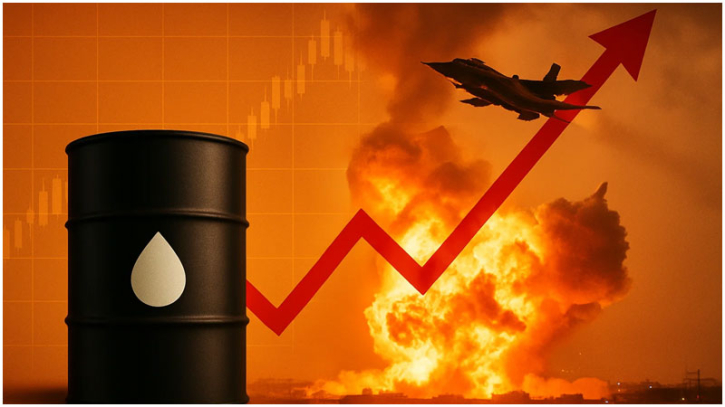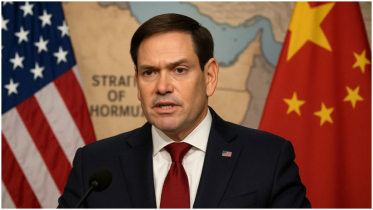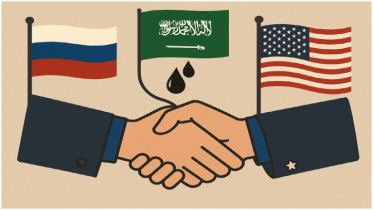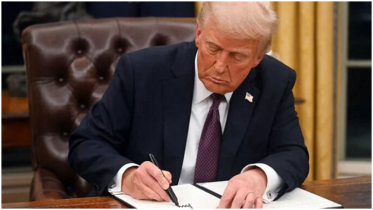Oil prices poised to surge as US attacks Iran, Investors brace for fallout

Oil prices are expected to surge as global markets react to a dramatic escalation in the conflict between the United States and Iran. The Trump administration’s decision to authorize airstrikes on Iranian nuclear facilities over the weekend has heightened fears that the long-running tensions between Israel and Iran could spiral into a broader war, with serious implications for global energy markets.
Brent crude, which has already risen more than 10% since Israel’s initial strike on Iranian nuclear assets two weeks ago, could breach the $100 per barrel mark. Traders are particularly concerned about the potential closure of the Strait of Hormuz — a strategic chokepoint through which about 20% of global oil passes. Any disruption there could drive oil prices sharply higher, stoke inflation, and upend expectations of further interest rate cuts by central banks, including the Reserve Bank of Australia (RBA).
“This shatters the illusion of containment,” wrote Stephen Innes of SPI Asset Management. “We’re now looking at a direct US air campaign targeting Iranian WMD infrastructure — that’s a paradigm shift with major consequences for oil, shipping, and global risk sentiment.”
Innes urged investors to act decisively in what he described as a turning point for markets.
The strikes on Iranian nuclear sites at Fordow, Natanz, and Isfahan have drawn comparisons to the Iraq War, when Brent crude spiked to a record $147.50 a barrel in 2008. AMP economist Diana Mousina noted that the recent rise in oil prices has already added around 14 cents per litre to Australian petrol costs, but said this alone is unlikely to change the RBA’s stance on rates — unless the situation worsens significantly.
“If disruptions persist for weeks or months, confidence could take a major hit, dragging sharemarkets lower,” Mousina warned.
Brent crude futures climbed 21% this month, reaching a five-month high of $79.04 before easing to $77.22. MST Marquee analyst Saul Kavonic said much now hinges on Iran’s next move: “If Iran follows through on its threats, oil could easily reach \$US100 a barrel — or even higher.”
Deutsche Bank has projected a potential surge beyond \$US120 if the crisis deepens. However, not all analysts are predicting extreme moves. Hugh Dive, chief investment officer at Atlas Funds Management, said Brent crude might touch \$US80, depending on Iran’s response. Such a move, he added, would benefit Australian energy companies like Woodside Energy and Ampol.
Iran has already hinted at retaliation, with Foreign Minister Abbas Araghchi calling the US strikes “outrageous” and warning of “everlasting consequences.” President Trump, in a brief televised statement, defended the attacks, saying, “Iran must now make peace. If not, future attacks will be far greater and far easier.”
The ASX 200 is set to open 0.2% lower on Monday, though that pricing was set before the weekend’s events. US markets closed last week relatively flat, but volatility may rise as the full impact of the strikes is digested. The S\&P 500 slipped 0.2%, while the Dow and Nasdaq eked out small gains.
Sean Sequeira of Australian Eagle Asset Management said initial market jitters may be short-lived: “You may see oil and gold push higher, but markets could stabilise quickly.”
George Boubouras from K2 Asset Management echoed that sentiment, urging investors to stay alert but not panic. “Markets have largely looked through this conflict so far, helped by strong economic data and lower rates.”
The RBA, which has already cut rates twice this year amid slowing global growth and falling inflation, is widely expected to cut again at its July 8 meeting. However, a sharp jump in oil prices could complicate the outlook.
The latest Australian inflation figures, due Wednesday, are expected to show a slight dip to 2.3% for the year to May. Westpac forecasts a monthly decline of 0.2%.
While money markets currently price in a strong chance of multiple rate cuts by year-end, Hugh Dive warned that higher oil prices could derail those expectations. “If Brent hits $100, the RBA may put the brakes on further cuts very quickly,” he said.
.png)




